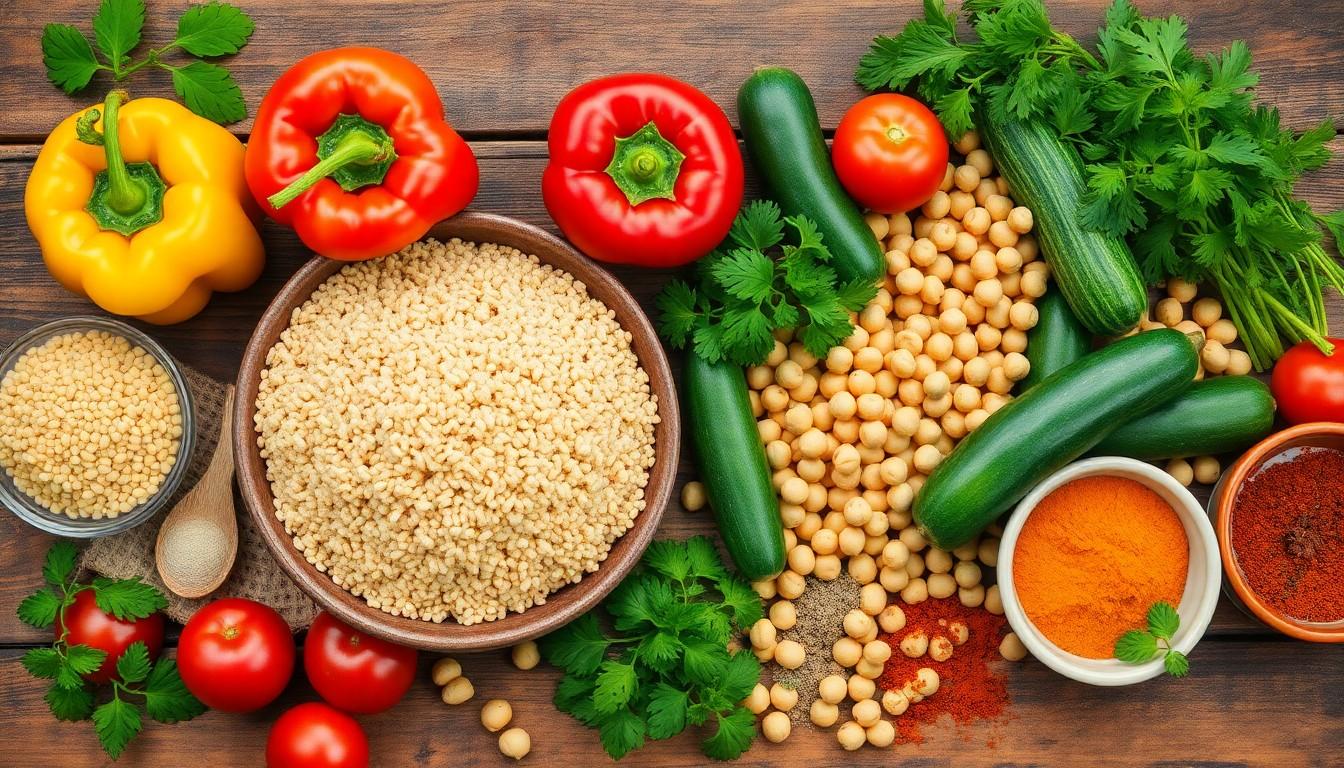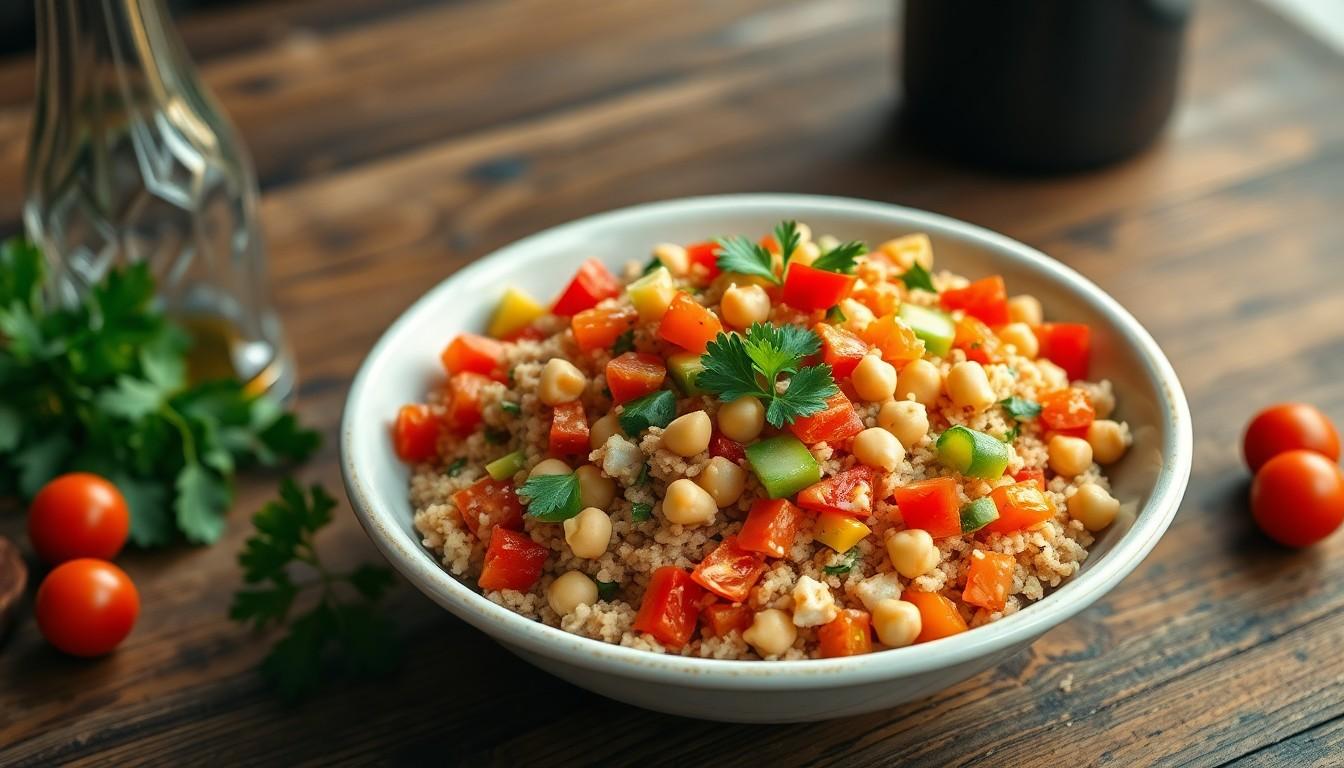Cooking falotani isn’t just a meal; it’s an adventure for the taste buds. Imagine sinking your teeth into a dish that’s as delightful as a surprise party for your palate. This beloved delicacy, with its unique flavors and textures, promises to bring a bit of culinary magic into any kitchen.
Understanding Falotani
Falotani represents a vibrant and delicious addition to culinary traditions. This dish integrates various cultural influences, showcasing its rich heritage and flavors.
Origin and History
Falotani traces its roots to a blend of cultural traditions. This dish emerged from the Mediterranean, reflecting the diverse culinary practices of the region. Various historical texts indicate its presence in ancient recipes, highlighting its longstanding popularity. Many cultures adopted falotani, each adding unique ingredients and preparation methods. Its evolution over time displays a fascinating journey through different food landscapes.
Nutritional Benefits
Nutritionally, falotani offers a plethora of healthful components. It generally includes whole grains, vegetables, and protein sources, which contribute to a well-balanced meal. Fiber content helps in digestion, while vitamins and minerals support overall health. Many preparations include legumes, known for their antioxidant properties. Additionally, falotani often features healthy fats, promoting heart health. Such a combination makes it a delightful and nourishing choice in any diet.
Ingredients Required

Gathering the right ingredients sets the foundation for a successful falotani dish. The selection of fresh, high-quality items leads to a flavorful outcome.
Key Ingredients
For the base of falotani, whole grains like bulgur wheat or couscous serve as ideal choices. Fresh vegetables such as bell peppers, tomatoes, and cucumbers add vibrant colors and crunch. Adding legumes, particularly chickpeas or lentils, boosts the nutritional profile significantly. Herbs like parsley or mint provide aromatic flair that enhances the overall taste. Spices including cumin and paprika elevate flavors, while a drizzle of olive oil brings richness to the dish. Accompanying these ingredients, lemon juice brightens the palette.
Optional Add-Ins
Experimenting with optional add-ins creates a unique falotani experience. For a hint of sweetness, consider dried fruits like raisins or apricots. Nuts such as pine nuts or almonds offer a satisfying crunch and healthy fats. Available cheeses, including feta or goat cheese, contribute creaminess and tang. Grilled or roasted meats, like chicken or lamb, add heartiness to the meal. Finally, pickled vegetables introduce a tangy element, balancing the dish’s flavors.
Way to Cook Falotani
Cooking falotani involves thoughtfully following key steps and utilizing a variety of techniques to create a flavorful dish.
Preparation Steps
Begin by cooking the whole grains like bulgur wheat or couscous according to package instructions. Rinse fresh vegetables like bell peppers, tomatoes, and cucumbers, then chop them into bite-sized pieces. Next, soak and cook legumes like chickpeas or lentils until tender. Chop herbs such as parsley or mint for added flavor, and prepare spices including cumin and paprika to enhance the overall taste. Drizzle olive oil onto the ingredients for richness, and squeeze fresh lemon juice to brighten flavors. Finally, combine all components in a large bowl for easy mixing and ensure even distribution of flavors.
Cooking Techniques
Employ various cooking techniques to elevate falotani. One method involves steaming whole grains to achieve a light and fluffy texture. Roasting vegetables brings out natural sweetness, intensifying their flavors. Sautéing legumes with spices allows for a rich aroma and deeper taste. Mixing fresh and cooked ingredients creates a delightful contrast in textures. Consider serving falotani chilled or warm, depending on preference. Garnishing with nuts or cheeses adds a lovely crunch while enhancing the dish’s visual appeal.
Serving Suggestions
Serving falotani provides an opportunity to enhance its flavors and textures. Thoughtful pairings and garnishes elevate the dish’s presentation and taste experiences.
Pairing with Side Dishes
Complementing falotani with side dishes enhances the meal’s overall appeal. Salads made from mixed greens offer a fresh contrast. Grilled vegetables, like zucchini or eggplant, add depth with their charred flavors. Serving a yogurt-based dip, such as tzatziki, enhances creaminess while balancing spice. Additionally, fluffy pita bread or warm flatbreads make excellent accompaniments, perfect for scooping up delicious bites of falotani. These side dishes create a well-rounded dining experience, satisfying a variety of palates.
Garnishing Ideas
Garnishing falotani transforms it into an eye-catching presentation. Fresh herbs, such as chopped parsley or mint, provide vibrant color and fresh flavor. Toasted nuts, like almonds or pine nuts, add a delightful crunch. Crumbled feta or goat cheese introduces creaminess that contrasts beautifully with the dish. A sprinkle of pomegranate seeds adds a burst of sweetness and visual appeal. Drizzles of high-quality olive oil or balsamic glaze enhance both presentation and taste. These garnishing ideas elevate falotani, making it not only nourishing but also a feast for the eyes.
Conclusion
Falotani stands out as a versatile dish that brings excitement to any meal. Its rich cultural heritage and vibrant flavors make it a delightful choice for food enthusiasts. With the right ingredients and cooking techniques, anyone can create a falotani that caters to personal tastes and dietary needs.
This dish not only nourishes the body but also provides an opportunity for creativity in the kitchen. Whether served warm or chilled, falotani offers endless possibilities for customization and presentation. Embracing falotani means celebrating a culinary tradition that continues to evolve and inspire.

